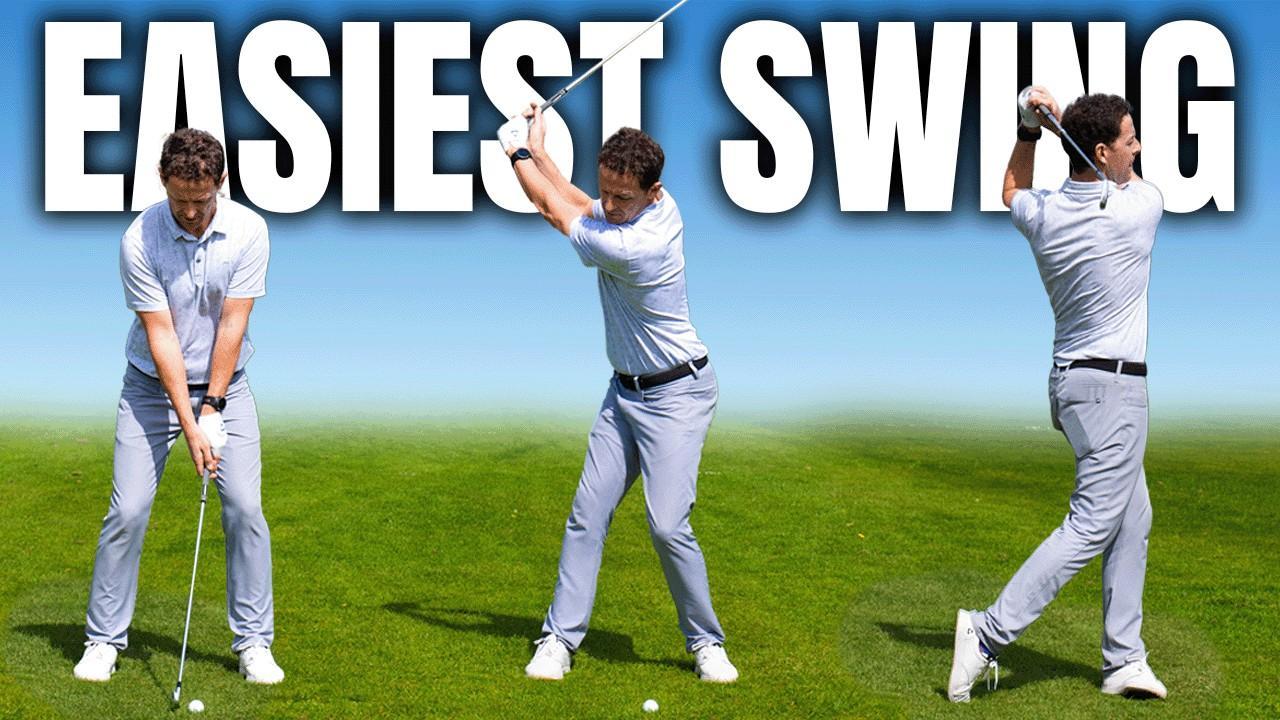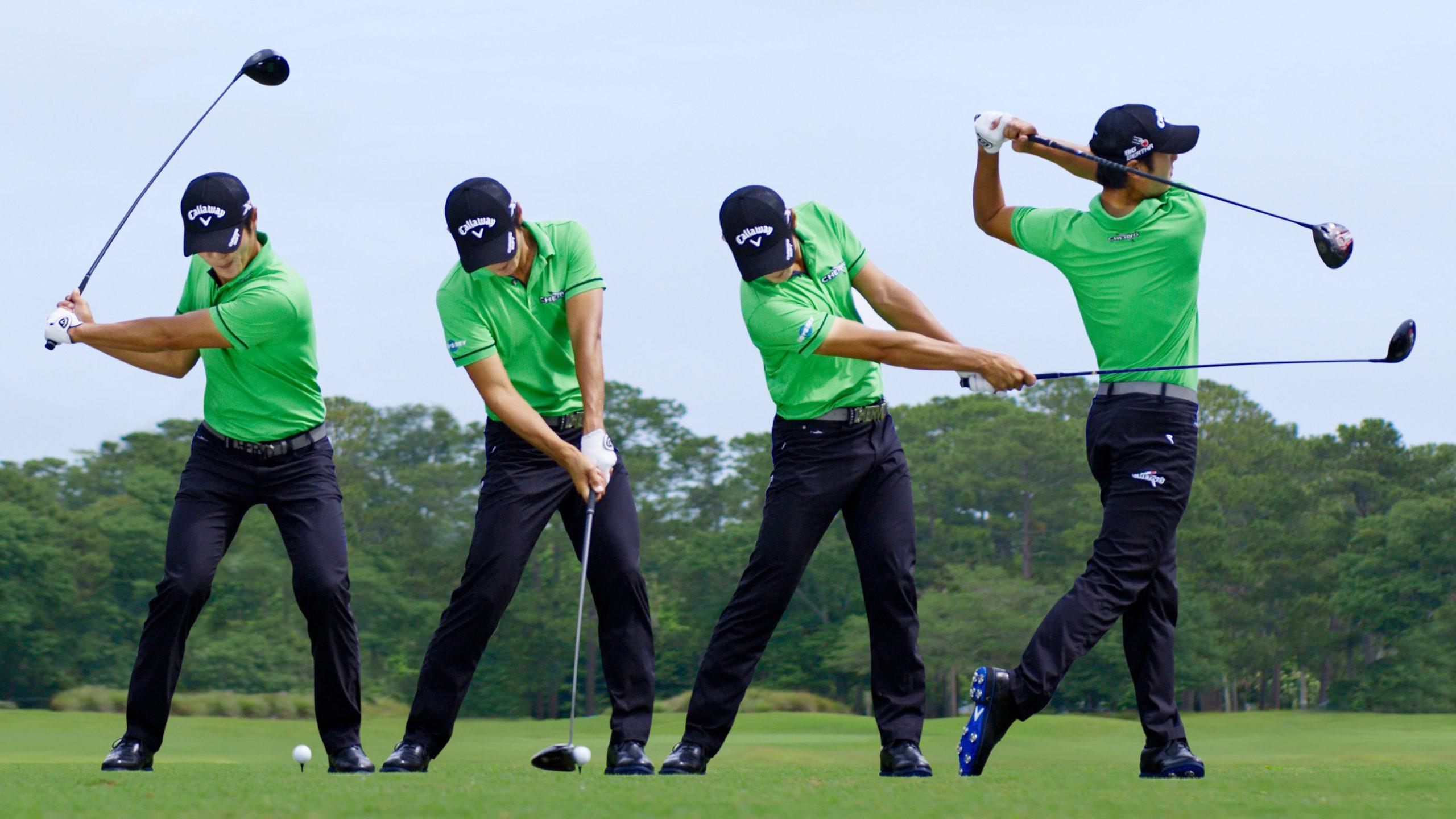The Cognitive Benefits of Practicing Your Golf Swing in Slow Motion
Exploring the Psychological Edge of Slow-Motion Practice
Engaging in slow-motion swing practice can significantly enhance a golfer’s performance by tapping into cognitive processes. This method allows players to dissect their swings meticulously, leading to improved motor skills and a deeper understanding of their movements.
By practicing at a reduced speed, golfers can focus on the nuances of their technique, which aids in developing precise and efficient motions. This approach not only enhances physical execution but also strengthens cognitive memory—repeatedly observing one’s swing helps engrain the correct patterns into memory for more consistent application during actual play.
Boosting Precision and Performance through Mindful Practice
Precision is paramount in golf; thus, slow-motion practice sharpens attention to detail. By isolating specific elements such as grip and stance, golfers can identify errors that may otherwise go unnoticed. This meticulous focus fosters consistency across swings.
Moreover, this deliberate pace allows for better timing and coordination throughout the swing phases—backswing, downswing, and follow-through—essential for achieving optimal power and accuracy. Mastering this rhythm translates into enhanced overall performance on the course.
The Role of Slow-Motion Training on Motor Skills Development
Practicing swings slowly enables golfers to break down complex movements into manageable segments. This breakdown facilitates error identification while promoting proper muscle engagement and coordination within a controlled setting.
Additionally, slow-motion training cultivates heightened concentration levels as players dedicate more mental resources to refining their techniques. Such focused practice leads to improved precision regarding distance control and trajectory management when striking the ball.
This increased accuracy results in better ball control during play; golfers who engage in slow-motion drills often find themselves making more confident shots with predictable outcomes.
Enhancing Performance Efficiency through Focused Mental Engagement
The slower tempo inherent in these practices encourages deep cognitive processing that refines swing mechanics significantly. By concentrating intently on each movement phase, players can pinpoint technical flaws while enhancing bodily awareness—a crucial aspect for executing fluid swings with power.
Cognitive Enhancements:
- Improved Kinesthetic Awareness: Better understanding how body movements affect swing dynamics.
- Refined Mechanics: Accurate identification of technical issues leading to optimized club path.
- Increased Concentration: Enhanced attention span reduces distractions during play.
- Greater Self-Awareness: Understanding personal tendencies allows adjustments based on feedback received during practice sessions.
Key Adjustments:
- Movement Sequencing: Analyzing individual components optimizes timing.
- Angle Observation: Monitoring clubhead paths helps correct angle deviations.
- Body Alignment Checks: Observing posture improves balance throughout swings.
| Cognitive Benefit | Physical Enhancement |
|——————-|———————|
| Enhanced kinesthetic awareness | Improved swing mechanics |
| Refined technique | Increased focus |
| Greater self-awareness | Boosted power |
Mastering Mental Aspects: Building Confidence & Concentration
A strong mental game is essential for success in golf—it encompasses focus, emotional regulation, and confidence building strategies like visualization or positive affirmations that help players see successful shots before they execute them.
Concentration plays a vital role too; it enables golfers to remain present with each shot while minimizing distractions that could hinder performance quality. Techniques such as goal-setting or mindfulness exercises are effective ways to enhance concentration levels over time.
Practicing slowly also trains your mind’s ability to hone in on specific details within your swing mechanics—this leads not only towards greater confidence but also consistency when executing shots under pressure situations encountered during games or tournaments.
| Mental Advantage | Description |
|---|---|
| Focus | Aids improvement by allowing detailed analysis. |
| Confidence | Brought about through visible progress from efforts. |
| Aids prolonged attention spans towards swinging techniques. | Paves way towards recognizing body positioning relative to swinging actions. | Simplifies adjustments made via slowed-down motions. |
* Practical Tips for Integrating Slow-Motion Drills into Your Training Regimen:
- Begin Gradually: Start with brief sessions (5–10 minutes) before extending duration as comfort increases.
- Cultivate Technique: Use this time wisely by focusing solely upon smoothness rather than speed; avoid abrupt movements!
- Sought Feedback: Utilize mirrors/videos/coaches’ insights so you gain external perspectives highlighting areas needing improvement!
- Identify Flaws: Recognize common mistakes, such as improper grip or alignment.
- Enhance Muscle Memory: Develop a consistent swing path through repetitive slow swings.
- Improve Timing: Focus on the timing of each segment of the swing, including backswing, transition, and follow-through.
- Visualize Success: Picture the ideal shot, enhancing confidence and reducing anxiety.
- Internalize Mechanics: Build a mental blueprint of a perfect swing, leading to muscle memory reinforcement.
- Minimized Distractions: A slower pace allows golfers to tune out distractions and focus solely on their form.
- Increased Awareness: Greater awareness of body movements aids in precise adjustments.
- Calming Effects: Slowing down your practice can lead to a more relaxed state, lowering anxiety levels.
- Mindfulness: Engaging fully in each swing promotes mindfulness, fostering a positive mental state.
- Feel Prepared: Familiarity with swing mechanics boosts confidence before competitive play.
- Control Emotions: Better control of your swing can lead to improved emotional regulation during high-stakes situations.
- Background: 18-time major champion.
- Technique: Used slow-motion practice to refine his takeaway and follow-through.
- Result: Cultivated a unique swing that contributed to his legendary status.
- Background: Former world number one and 10-time major winner.
- Technique: Focused on slow-motion swings to perfect her shot shaping.
- Result: Enhanced skill set and consistency on the course.
practicing golf swings at reduced speeds yields substantial cognitive benefits rooted deeply within psychological frameworks surrounding sports mastery! The synergy between mind-body connections proves invaluable when striving toward perfecting one’s golfing abilities! Embracing these methods lays down solid foundations necessary not just improving performances but elevating overall enjoyment derived from playing!

Unlocking Your Golf Potential: The Surprising Mental Benefits of Slow-Motion Swing Practice
Meta Title
Unlock Your Golf Potential: Mental Benefits of Slow-Motion Practice
Meta Description
Discover the mental benefits of slow-motion swing practice in golf. Learn techniques, benefits, and tips to enhance your performance and unlock your potential.
The Role of Mental Focus in Golf
Golf is often described as a game of precision and patience. To perform at your best, it’s essential to develop a razor-sharp mental focus. Slow-motion swing practice serves as a powerful tool to enhance this focus, allowing golfers to deepen their understanding of their swings and improve their overall performance.
Understanding Your Swing Mechanics
One of the key advantages of slow-motion practice is the opportunity to analyze your swing mechanics in detail. By slowing down the process, golfers can:
Mental Rehearsal and Visualization
Slow-motion swing practice enables golfers to engage in mental rehearsal and visualization, two powerful techniques that can significantly boost performance. It allows players to:
Benefits of Slow-Motion Practice
Enhanced Concentration
Practicing your swing in slow motion requires heightened concentration. Here are some benefits:
Stress Reduction and Relaxation
The meditative quality of slow-motion practice can help reduce on-course stress. Benefits include:
Building Confidence
Confidence is a crucial aspect of golf. Slow-motion swing practice can help you:
Practical Tips for Effective Slow-Motion Practice
1. Set a Dedicated Practice Time
Allocate specific time slots for slow-motion practice in your training routine. Consistency is key to realizing benefits.
2. Focus on One Swing Element at a Time
Break your swing down into individual elements, such as grip, stance, or follow-through. Focus on perfecting one component before moving to another.
3. Use Visual Aids
Incorporate training aids like mirrors or video analysis tools. This can provide instant feedback and visual reinforcement.
4. Engage in Mindfulness Techniques
Incorporate breathing exercises and visualization techniques to enhance your focus during slow-motion practice.
Case Studies: Successful Slow-Motion Practitioners
Many golfers have credit slow-motion practice for their performance improvements. Here are a few notable examples:
Case Study 1: Jack Nicklaus
Case Study 2: Annika Sörenstam
Analyzing Swing Results: Tracking Progress
A structured approach to analyzing your swing through slow-motion practice is essential for tracking improvement. Use the table below to keep track of your practice results:
| Date | Swing Focus | Observations | Adjustments Needed | Confidence Level |
|————|——————–|—————————-|—————————|———————|
| 01/01/2023 | Grip | Too tight | Loosen grip slightly | Medium |
| 01/08/2023 | Backswing | Short and erratic | Extend arms more | High |
| 01/15/2023 | Follow-Through | Inconsistent finish | Slow down the follow-through | High |
Conclusion
Slow-motion swing practice is more than a technique; it’s a mental game changer. By integrating this practice into your training routine, you can unlock your true golfing potential, enhance your mental focus, and improve your performance on the greens. Embrace the process, and watch your game transform, one slow swing at a time.
Remember: Each golfer’s journey is unique, so adapt your practice to your individual style and preferences, and watch as your game flourishes.





